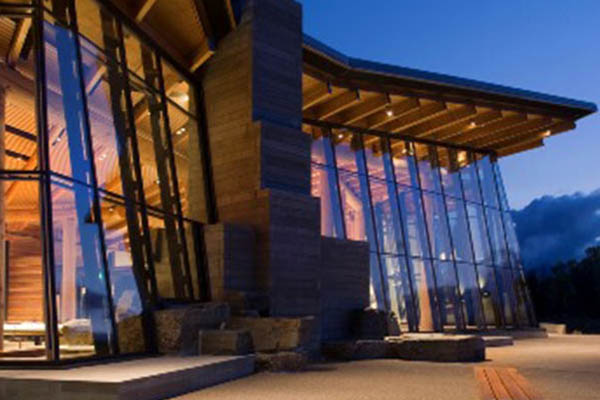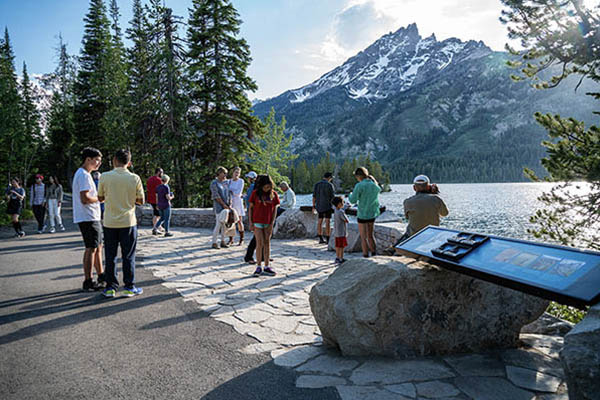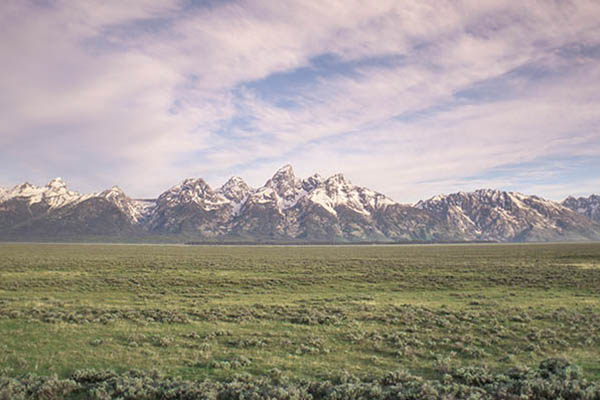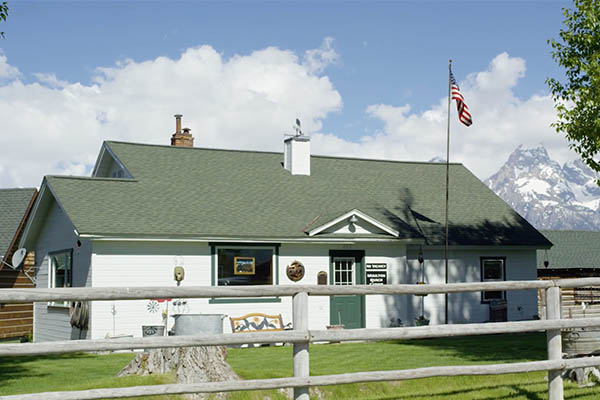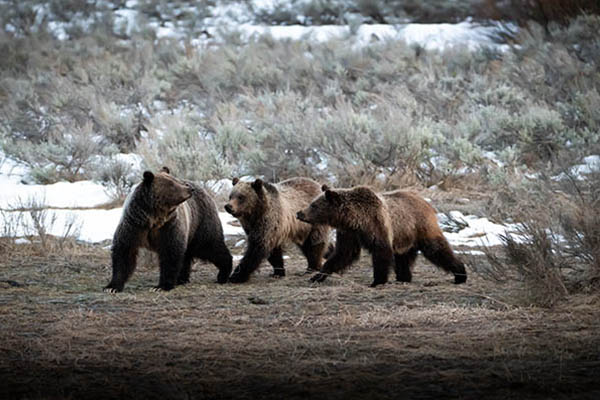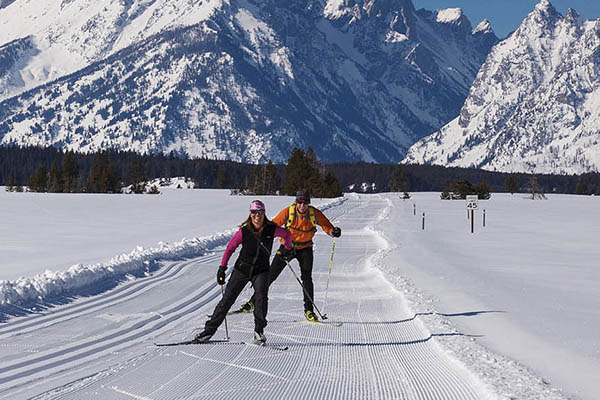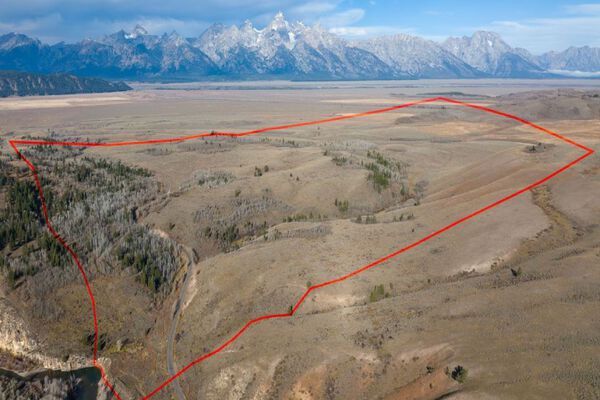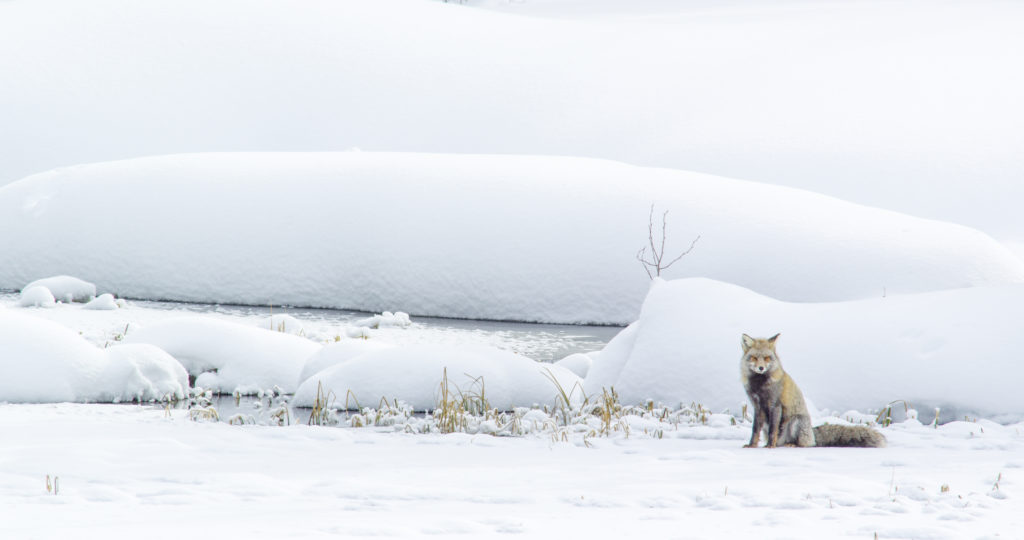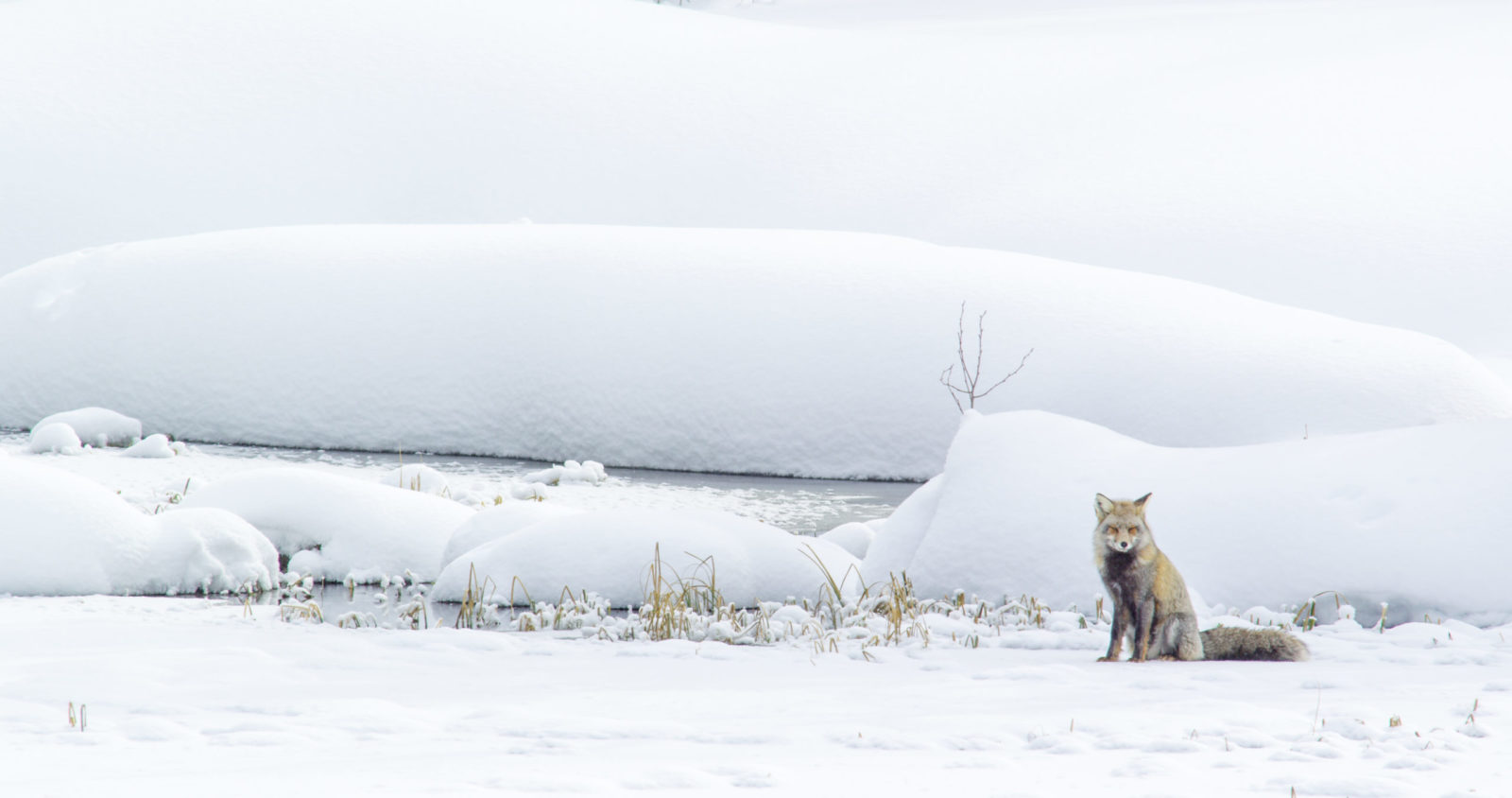
Grand Teton's harsh winters push wildlife to their limits. Photo: Ryan Sheets
Cold temperatures and snowfall have Grand Teton’s wildlife utilizing all of their incredible adaptations to navigate and survive the harsh winter season.
- Moose use their long legs to move through deep snow to areas of preferred forage. Moose calves remain with their mothers through the winter and follow behind them while trail breaking through the snow. Moose also use their highly developed sense of smell to find only the most nutritious parts of shrubs under the snow.
- Moose have begun congregating in areas where bitterbrush is abundant, such as the sagebrush flats near the Jackson Hole Airport and north of the town of Kelly.
- Bison use their massive heads, thick skin, and muscular necks to move snow from side to side, creating craters where they can access buried forage.
- Wolverines and Canada lynx remain highly active, using large, snow-adapted feet to move through the environment.
- The American dipper, also known as the water ouzel, remains highly active all winter, seeking areas of open, moving water where they bob on rocks between dives for aquatic insects.
- Our cold-water fish are supremely adapted to surviving winter, often under the ice for months at a time. Nevertheless, like other wildlife winter is stressful for fish. Sport fishing opportunities in the park are limited during winter to help reduce undue stress on fish.
- Teton range bighorn sheep hunker down on small, high elevation ridges blown free of snow.
- Five wolf packs (Wildcat Ridge, Lower Gros Ventre, Horsetail, Pacific Creek, and Long Hollow) with approximately 38 wolves had home ranges that overlapped Grand Teton National Park in 2021.
- Wolves breed in February, and January is a time when pack composition can be dynamic – with some wolves leaving their packs to find a mate and possibly create a pack of their own.
- Please obey posted winter wildlife closures and voluntary bighorn sheep winter zones – both are designed to protect ungulates during winter. Information about closures and voluntary bighorn sheep winter zones can be found here: Temporary & Wildlife Closures - Grand Teton National Park (U.S. National Park Service) (nps.gov) and Winter Zones Map — Teton Sheep Working Group
Please consider the space and energy conservation needs of wildlife during winter and don’t approach them closely, even though they may “appear” unconcerned. In many cases, they simply have nowhere else to go until snow depths decrease.

